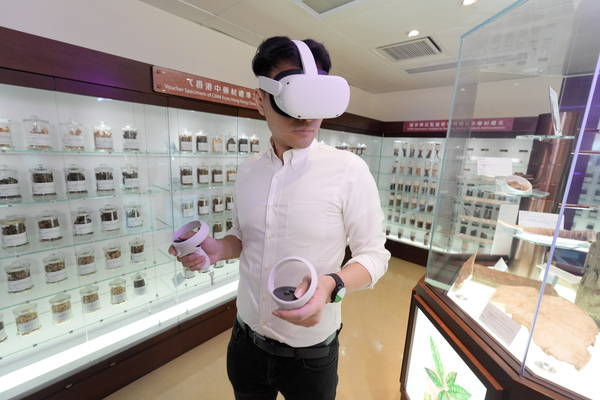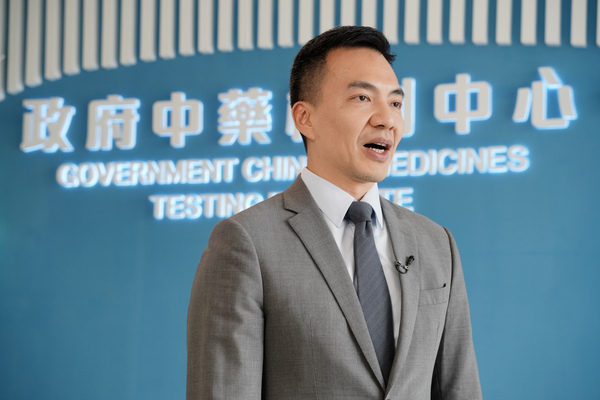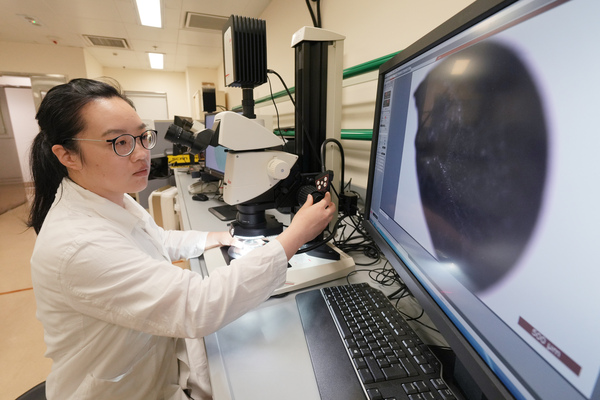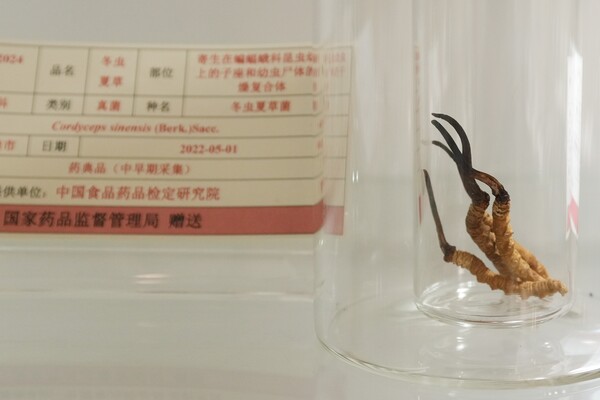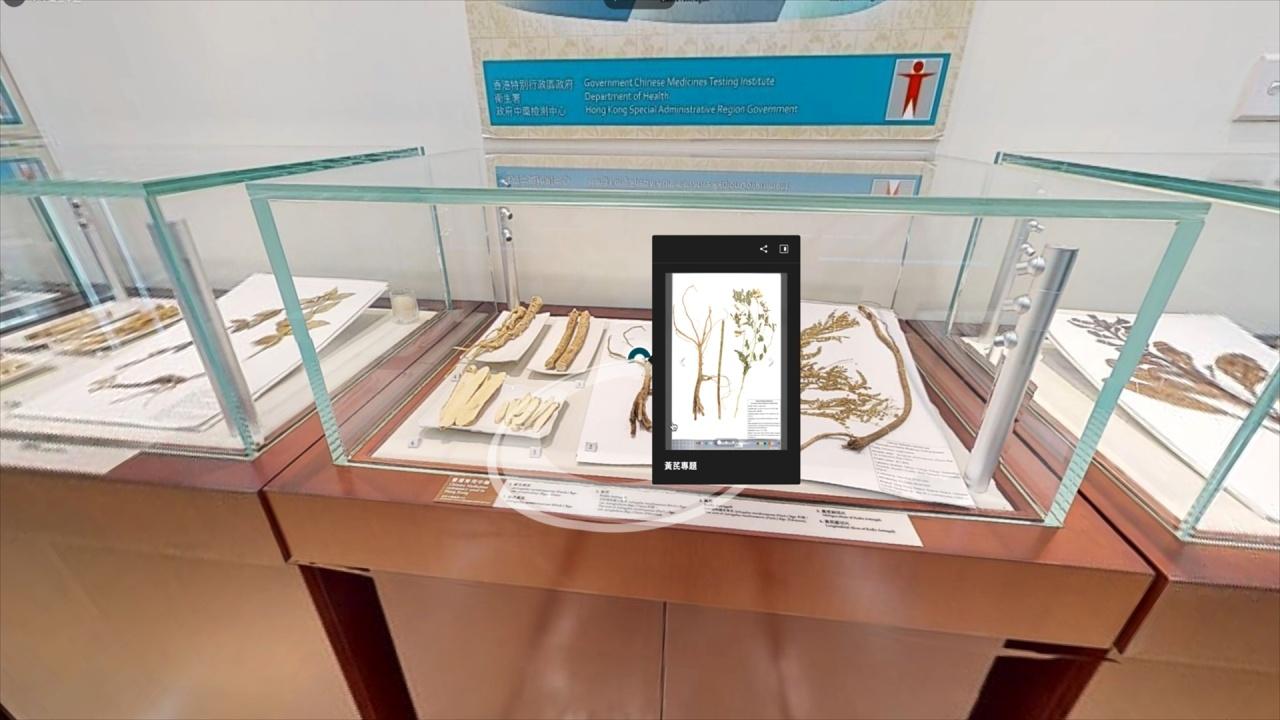A virtual tour of Chinese medicines
The Digital Herbarium for Chinese Medicines was established via the digitalisation of Chinese medicine specimens into a digital collection that covers high-resolution pictures and related data of hundreds of commonly used Chinese medicines and their source plants.
Utilising virtual reality technology, the innovative initiative allows users to immerse themselves in the herbarium's collection regardless of their physical location.
"This online platform aims to educate and generate interest in Chinese medicine," Department of Health Scientific Officer (Medical) Samuel Wong said.
Pioneering achievement
The Digital Herbarium for Chinese Medicines proudly stands as the first in the world to create three-dimensional images of Chinese medicinal materials.
Such an accomplishment was achieved through the principle of photogrammetry, where photos taken from multiple angles with a camera reconstruct the spatial position and three-dimensional shape of each object.
Alongside the 3D images, the website provides details about plant specimens, images of the origin of such samples, microscopic slides, as well as chemical and DNA information, enriching the users’ knowledge.
The Digital Herbarium for Chinese Medicines website was launched on March 26. It is modelled on the Chinese Medicines Herbarium, which is managed by the Government Chinese Medicines Testing Institute of the Department of Health.
Assistant Director of Health (Chinese Medicine) Dr Edmund Fong explained that this user-friendly digital resource is accessible to the public, industry professionals, and international research institutions, offering invaluable insight for Chinese medicine identification, testing, and educational proposes.
The Government Chinese Medicines Testing Institute is temporarily located at the Science Park. Its permanent building, currently under construction, is situated at Tseung Kwan O, which is expected to be commissioned in phases starting from the end of 2025.
All-encompassing facilities
The facilities in the institute’s permanent building comprise seven parts, which include dedicated laboratories, an international collaboration and training centre, and a Chinese Medicines Herbarium laboratory.
For Department of Health Plant Taxonomist Queenie Wong, the establishment of the Chinese Medicines Herbarium Laboratory marks a significant milestone.
She pointed out that the laboratory is equipped with key tools such as stereo microscopes and an automated digitisation unit, which help to streamline the preparation, maintenance, and digitisation of invaluable specimens.
In a move to bolster technical capabilities and spur innovation in Chinese medicines, the department recently solidified an agreement with the National Institutes for Food & Drug Control.
The pact aims to strengthen technical, talent and academic exchanges, and further promote the modernisation and innovation of Chinese medicines.
Furthermore, a notable gesture came from the National Medical Products Administration which presented the Hong Kong Government with a collection of 21 Chinese medicine specimens.
